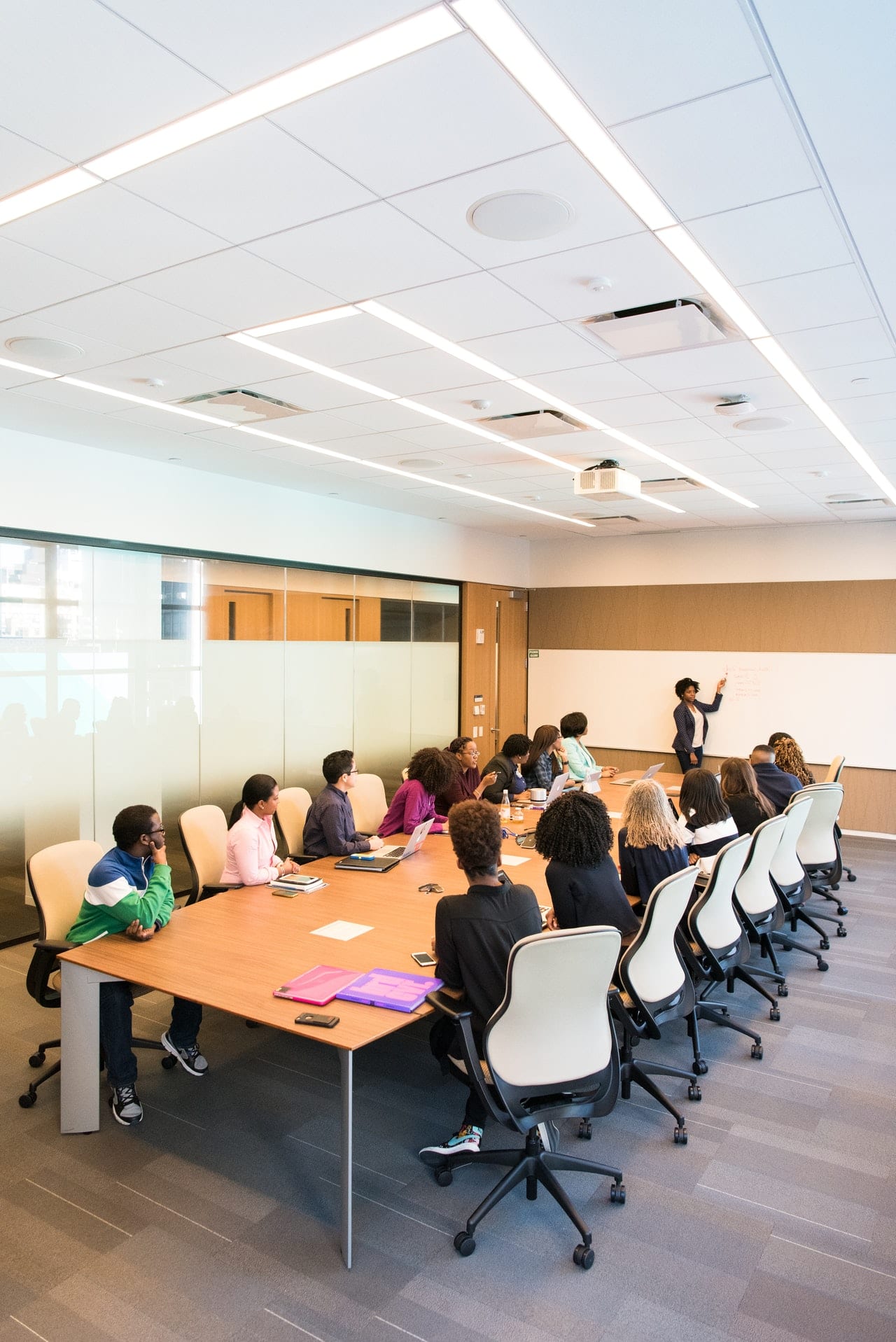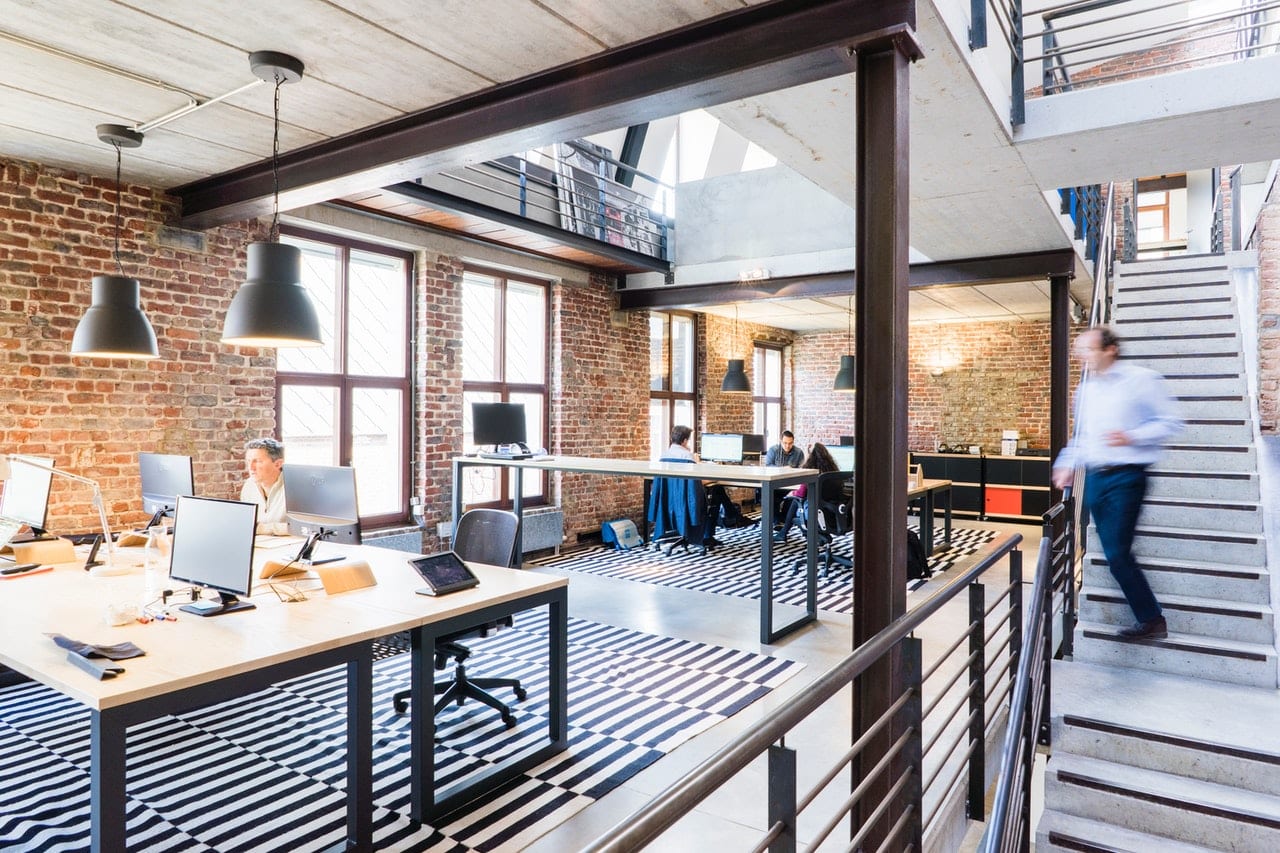3 Design Tips for a More Productive Office Space

You can help your employees be more productive that might not have occurred to you is to re-design your office space a bit. The layout, look, and overall feel of an office all play heavily into how productive a person can be when they are at work. An outdated and dingy office space will not be encouraging or functional enough to allow your employees to be as productive as possible.
If you are looking to improve your workers’ productivity and would like to start with the design of your offices, here are a few tips that can go a long way to helping you reach your goals.
1. Make Things Brighter
The first thing you will want to evaluate when you are re-designing your offices for maximum productivity is the amount of light in the space. If you are still working with outdated and depressing fluorescent lighting, then it is probably time for an upgrade.
The best thing that you can do is bring in as much natural light as possible. You will be surprised at the uptick in your employees’ mood when they can experience more natural light throughout the day. More energy, improved attitudes, and more can all be brought about with natural light.
Where traditional windows on walls are not an option, skylights are worth considering. By installing flat roof lights, you can reap all the benefits of natural light.
2. Incorporate Color
If your offices have maintained the same dull shade of white that they always have, it is time to incorporate some color. There are some colors that are proven to improve productivity levels when incorporated in the right way.
Colors that are more on the natural side of things like blues and greens can help you and your workers to feel more focused while on the job. Warmer hues are linked to increased creativity and intensity in the workplace.
3. Bring in a Bit of Nature
One rather simple thing that you can do to create an office design that is geared towards productivity is bringing in some plants. Not only can plants brighten up a space instantly, but there are several that can contribute to an overall improvement in the air quality of your offices, which is known to boost both mood and productivity in general.
Furthermore, when you use the right plants correctly, they can even help reduce noise throughout the office by acting as a natural sound barrier. Any clients or customers that enter your offices will also feel more comfortable in such a space.


 Employee training should be central to all operations. Not only does it ensure that people are working to their full capacity and that protocols are followed, but it’s important for safety. And we’re not simply talking about the safety of the employees, but of the business as well. This is why businesses that don’t make this part a priority end up opening themselves up to so many risks. Let’s take a look at why employee training is key to
Employee training should be central to all operations. Not only does it ensure that people are working to their full capacity and that protocols are followed, but it’s important for safety. And we’re not simply talking about the safety of the employees, but of the business as well. This is why businesses that don’t make this part a priority end up opening themselves up to so many risks. Let’s take a look at why employee training is key to 

 The pandemic has altered people’s lives in many ways, including forcing most employees to work from home. In some ways, this has immensely changed the dynamics of company culture, which hasn’t been to every business’ liking.
The pandemic has altered people’s lives in many ways, including forcing most employees to work from home. In some ways, this has immensely changed the dynamics of company culture, which hasn’t been to every business’ liking.